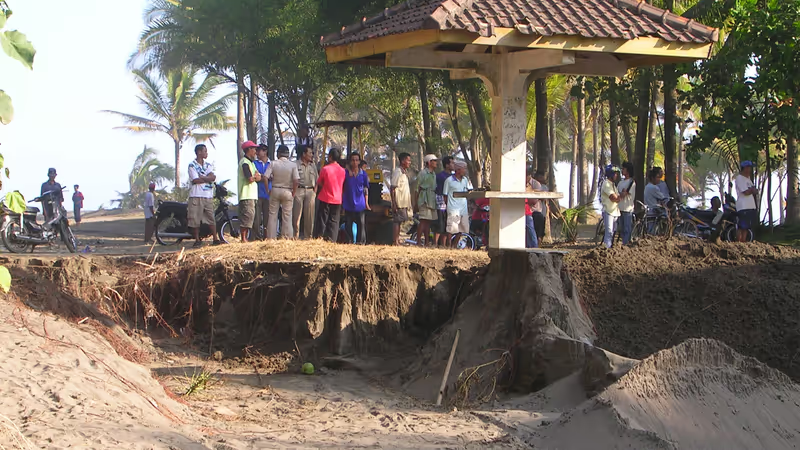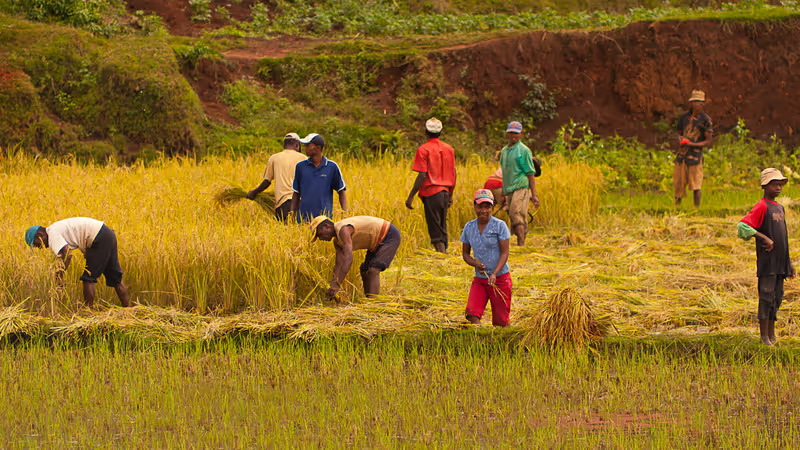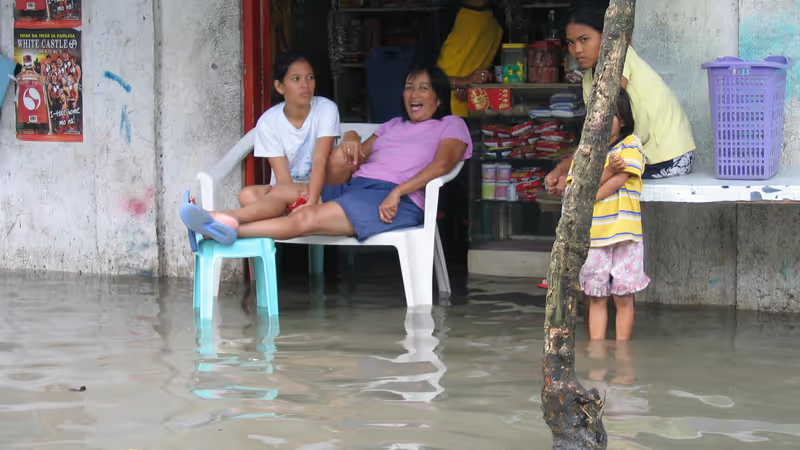The Master’s in Spatial Engineering is not quite like any other master’s programme. Instead of serving up a curriculum that consists of several (elective) courses, this Master’s is based on the premise of challenge-based learning. Within various case studies, in your final research project, in fact, during your whole Master’s, you will choose what knowledge and skills you need to gain to come up with sustainable interventions for certain challenges. This self-directed learning approach will help you to develop your own learning path and prepare you for the many challenges that will come your way, during and after your studies.
Master's structure
The Master’s in Spatial Engineering consists of two years, in which you will collect a total of 120 EC. The first year consists of two case study projects, elective courses, a mandatory foundational knowledge subject, an international module, and thesis proposal writing. The second year allows for a more personally oriented curriculum and consists of a Master’s research, an internship project and electives.




